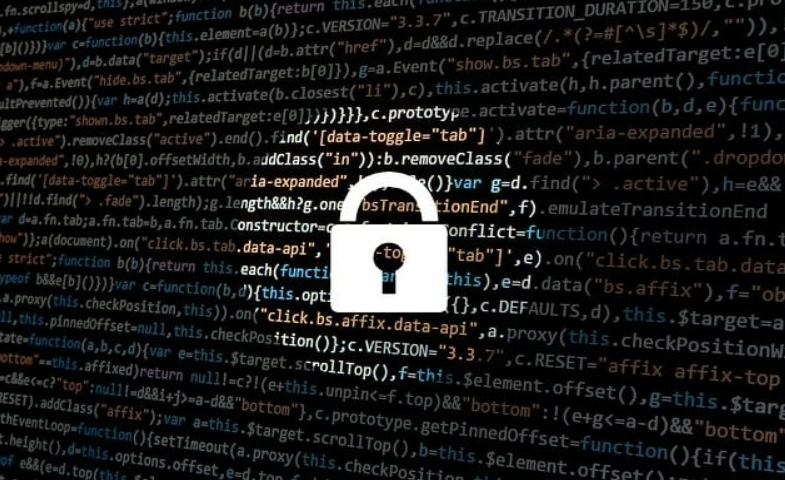The $403 Million Lesson: How M&S’s Ransomware Attack Reveals the Critical Flaw in Modern Cybersecurity

You’ve probably invested thousands, maybe millions, in cybersecurity infrastructure—firewalls, encryption, monitoring systems. Yet despite all that technology, a single employee’s click just cost M&S $403 million in a devastating ransomware attack. This isn’t about outdated software or weak passwords. It’s about the one vulnerability your security budget can’t solve: human nature. The most sophisticated hackers […]
Manufacturing Operations Under Attack: Why Factories Are Prime Targets for Cybercriminals in 2025

Factories are prime targets for cybercriminals in 2025 because of their outdated operational technology (OT) and legacy systems. These vulnerabilities make it easy for criminals to exploit and cause production downtime, intellectual property theft, and supply chain disruptions. As factories continue digital transformation, the gaps between IT and OT widen, inviting further attacks. Implementing specialized […]
WheelHouse IT Secures SOC 2® Type 1 Certification—Joining the Elite Few MSPs That Put Their Security Controls to the Test

FOR IMMEDIATE RELEASE Fort Lauderdale, FL — February 27, 2025 — WheelHouse IT has successfully completed its System and Organization Controls (SOC 2) Type 1 examination, validating that the design of its security and availability controls meets the American Institute of Certified Public Accountants (AICPA) Trust Services Criteria as of February 27, 2025. The independent […]
Unleash Enterprise-Grade AI Security: How to Deploy GenAI Without Exposing Your Business to Catastrophic Risk

To deploy GenAI securely, you’ll need multi-layered defenses against five key risks: data poisoning, prompt injection, model extraction, privacy breaches, and supply chain vulnerabilities. Implement thorough data validation, input filtering, API rate limiting, and regular penetration testing. Watermark model outputs, establish contractual protections, and maintain regulatory compliance. With 68% of early adopters experiencing critical vulnerabilities, […]
MASTER Your Multi-Cloud Strategy: 7 Critical Solutions to the Chaos Costing Businesses Millions in 2025

Multi-cloud management requires platform-agnostic solutions that prevent vendor lock-in while delivering unified visibility across environments. You’ll gain strategic advantages through centralized dashboards that monitor performance, costs, and security simultaneously. Implementing consistent security controls, standardizing compliance requirements, and adopting strategic cost governance transforms cloud expenses into investments. Automating operations reduces human errors and strengthens your negotiating […]








